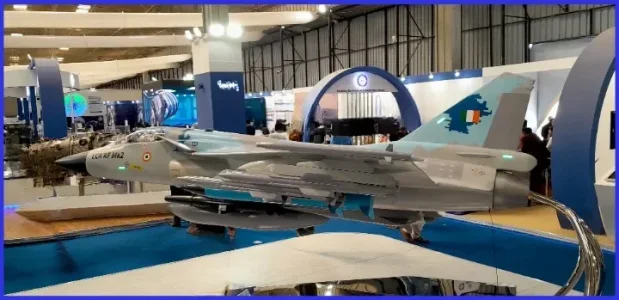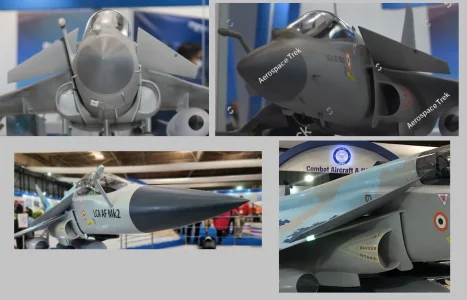@Azaad
OK, you don't want to speculate. You want certainty. You don't want to discuss reducing the risk of delays. You want to wait until delays occur before discussing them.
You expect that 23-26 Mk1A will be delivered in around 2 years or less.
I don't know more about HAL's production schedule than HAL does but IMO it is risky regarding Mk2 because it plans for Mk2 production to follow on from Mk1A production. Given that GE cannot deliver engines on schedule and
aim to raise F404 deliveries to 20 a year, I do not see how HAL can schedule to produce 200 Mk1A in less than 10 years with a high degree of confidence. Tell me how you can produce more Mk1A per year than engines supplied each year.
My comment on Mk1A production was in relation to the risk of Mk2 production being delayed if production start is governed by Mk1A production finishing.
As for Tejas production levels, did HAL ever produce 8 a year when production capacity was 8 a year? 16 a year when production capacity was 16 a year? When production capacity is 24 a year, will HAL produce 24 a year if GE supplies 24 engines a year?
You seem to assess the risk of Mk2 production being delayed as near zero if HAL's plans are followed. I have explained why I do not.





 that's fuel for forums. We all want to learn. I also had same concern.
that's fuel for forums. We all want to learn. I also had same concern.



